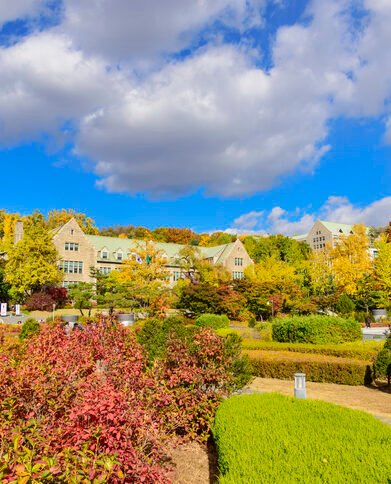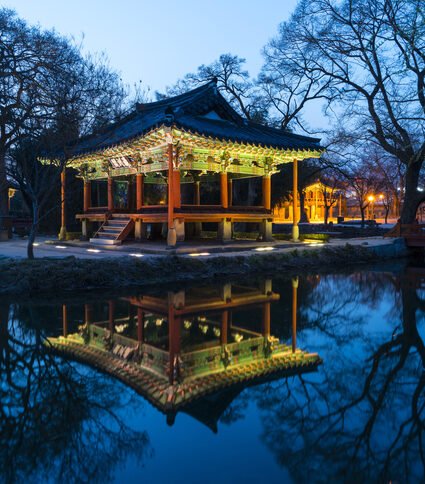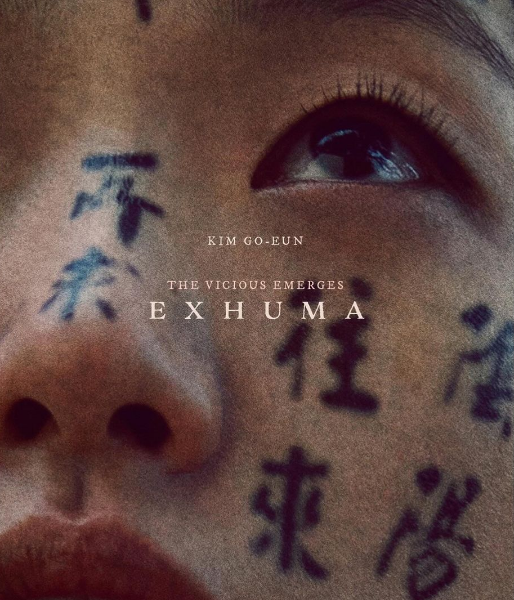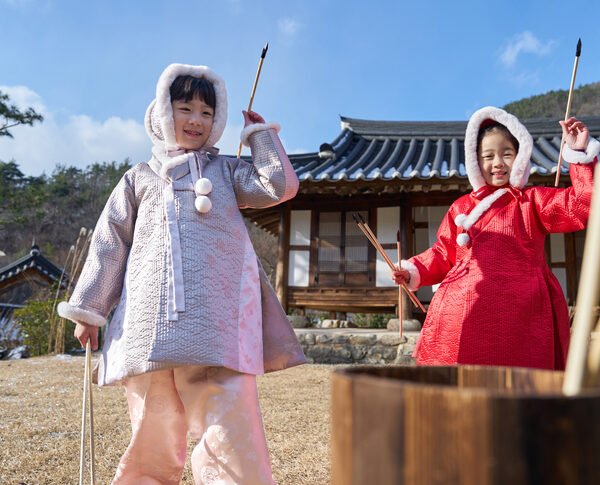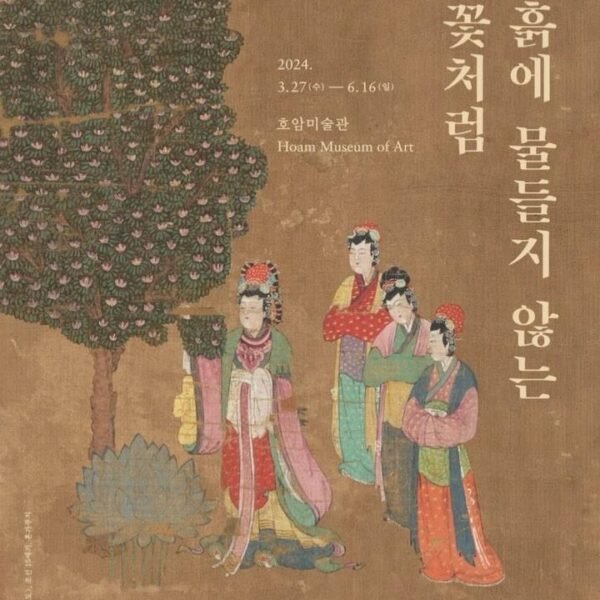The Fascinating World of Korean Dialects
Korea, a country known for its rich cultural heritage, boasts a fascinating linguistic tapestry marked by various dialects, commonly referred to as “satoori.” These dialects not only add a layer of complexity to the Korean language but also hold profound cultural significance.. In this blog post, we will embark on a journey to explore the fascinating world of Korean dialects and delve into the significance they hold for the people of Korea.
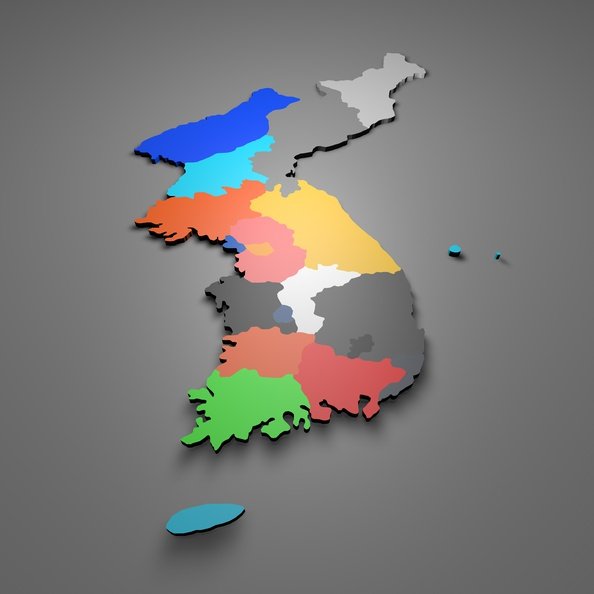
What are Korean Dialects?
Dialects, also known as regional variations or accents, are linguistic variations that occur within a language. In the case of Korean, the country’s unique geography and historical factors have given rise to distinct dialects spoken across different regions. These dialects differ in terms of pronunciation, vocabulary, grammar, and even intonation, making them intriguing subjects of study.
The Major Korean Dialects
Some of the most prominent Korean regional dialects are those of the Gyeongsang, Jeolla, and Chungcheong provinces. The Gyeongsang dialect tends to have a high rate of sound changes and glottalization, giving it quite a distinct rhythmic and melodic flavor. It is known for sentence endings such as “Hae-ra?” (“Do it, won’t you?”). The Jeolla accent stands out for its strong intonation and consonant assimilation. For example, “bo-ja” (“Let’s see”) becomes “bo-jya.” Finally, the Chungcheong dialect lies closest to standard Seoul speech but retains a charming rural touch.
Beyond major provincial dialects, South Korea also enjoys a mosaic of micro-regional languages tied to small towns and areas. The dialects of Jeju Island, Gyeonggi province and more each carry echoes of local lineages, occupations, lifestyles and histories. From the gritty street vocabulary of port cities to the forest-inspired vocabulary of rural villages, they offer glimpses into Korea’s diverse local color.
The Significance of Korean Dialects
Korean dialects are not just linguistic variations; they also play a crucial role in preserving cultural heritage and fostering a sense of regional identity. They serve as a connection to the past, reflecting the historical backgrounds and regional pride of different areas in Korea.
For many Koreans, speaking in their native dialect is a way to express their roots and maintain a sense of belonging. Dialects are often associated with a strong sense of community and are used as a tool to identify fellow locals and establish a sense of camaraderie.
Furthermore, dialects are deeply intertwined with the country’s cultural expressions, such as folk songs, traditional dances, and storytelling. These art forms often incorporate regional dialects, adding authenticity and depth to the performances.

Regional Identity and Dialects
Dialects play a crucial role in shaping regional identity, fostering a sense of belonging among communities. However, it also brings about social implications, as individuals may face stereotypes or biases based on their dialect.
Certain dialects may carry stereotypes or misconceptions, perpetuating biases. Addressing these preconceived notions is vital for fostering mutual understanding and appreciation for linguistic diversity.
Korean pop culture has played a pivotal role in popularizing certain dialects. Memorable scenes in movies, TV shows, and music often feature characters using specific satoori, contributing to the cultural phenomenon.

Learning Korean Dialects
Beyond native speakers, there is a growing interest among non-native speakers in learning Korean dialects. Various resources, including language courses and online platforms, cater to those eager to explore the intricacies of satoori.
The Future of Korean Dialects
While Korean dialects continue to hold a significant place in the hearts of the people, the younger generations are increasingly adopting the standardized Seoul dialect due to its prevalence in media and education. This trend, coupled with the increasing mobility and interconnectedness of modern society, poses challenges to the preservation of regional dialects.
Efforts are being made to document and revitalize these dialects through research, education, and cultural initiatives. Organizations and institutions are working towards raising awareness about the importance of dialects and encouraging their preservation as valuable cultural assets.
Conclusion
Korean dialects are not merely linguistic variations; they are windows into the rich tapestry of Korean culture and history. Each dialect tells a unique story and connects people to their roots. While the standard Seoul dialect may be gaining dominance, the significance of regional dialects cannot be overlooked. They are a testament to the diversity and resilience of the Korean people, and efforts to preserve them will ensure that their cultural heritage continues to thrive.
So, the next time you find yourself in Korea, take a moment to appreciate the linguistic symphony of dialects that echo through the streets. Immerse yourself in the warmth of the Busan dialect, savor the distinct flavors of the Jeju dialect, and embrace the cultural richness that Korean dialects offer.


